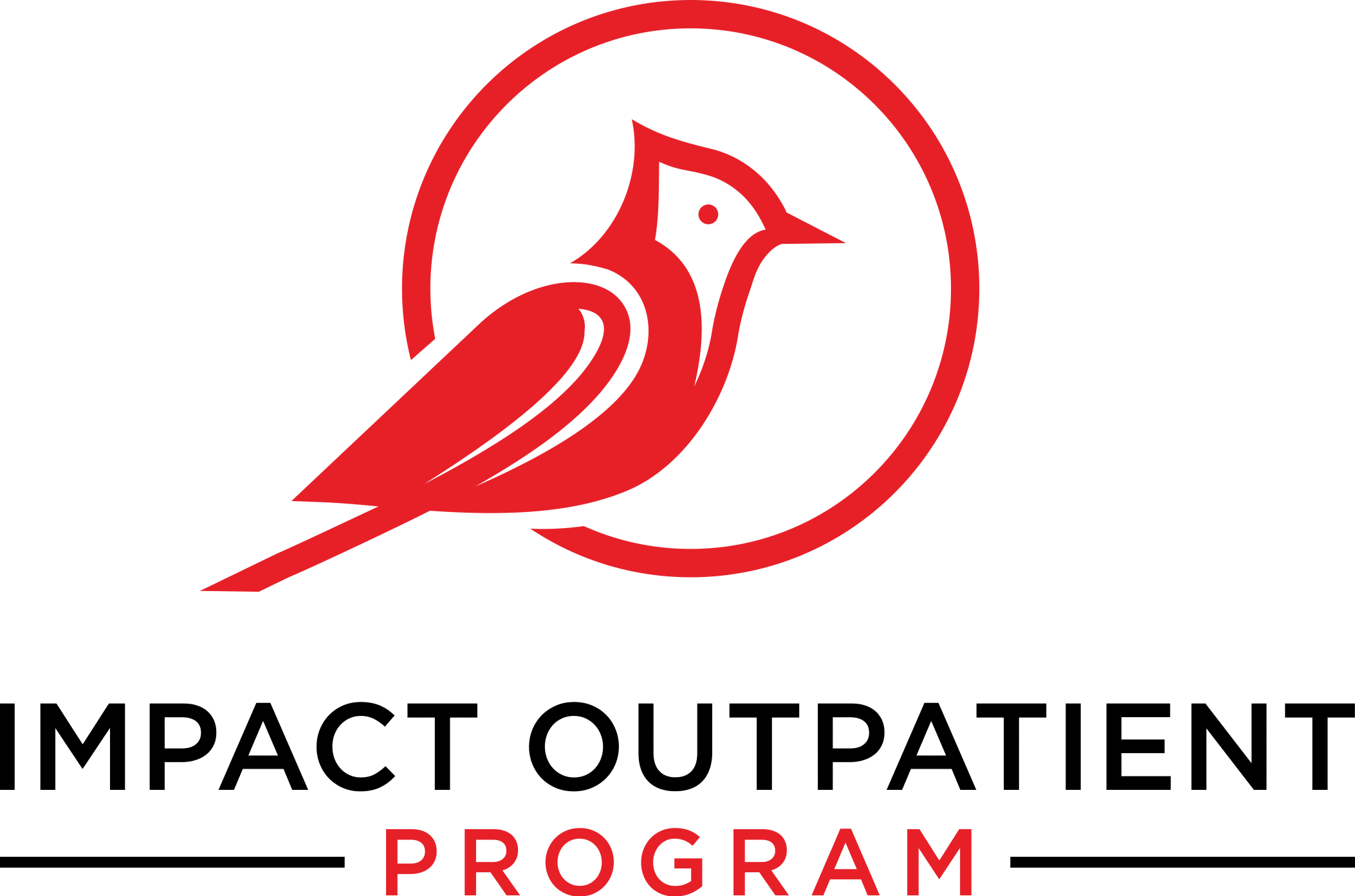The length of time it takes for someone with an addiction to get through outpatient care is individual. No two people with addiction respond the same way to treatment, and the alcohol detox timeline can last from ten days to more than a year. It doesn’t mean that someone goes through the worst of withdrawal for a whole year, though. Alcohol detox is tough on the body, and it is important to know how long the timeline is for alcohol detox so that you can be prepared when you go through it.
Withdrawal Symptoms

There are symptoms associated with alcohol withdrawal and understanding those symptoms is going to make a big difference to your recovery and continued sobriety. The timeline for alcohol detox goes as followed:
- Alcohol withdrawal symptoms usually begin between six and fourteen hours after the last drink is taken. It occurs in real-time, as the blood alcohol level decreases. As soon as the process of detox begins, alcohol withdrawal can last up to 14 days at the most, five at the least. This can really depend on how long the person has been drinking in the first place.
- Alcohol withdrawal can be severe, and tackling it alone and not at an outpatient treatment center can be very difficult. There is less support, less supervision, and more temptation when you try to withdraw away from the right help. Not only is it uncomfortable, but it can also be scary. Accepting what you’re experiencing is harder when you don’t have medical professionals around you to help you. It’s always recommended that you get some medical help no matter what you do because otherwise, you can feel incredibly alone in your quest for better health.
- Some of the most common symptoms experienced during alcohol withdrawal include the following:
- Anxiety to a high level, including sweating palms and a feeling of impending doom
- Insomnia is one of the harder symptoms as the inability to sleep means an inability to correctly rest, which is imperative in recovery.
- Feverish symptoms such as shivers, shakes, and high temperatures are all common as alcohol leaves the system.
- Nausea is another common side effect as the body gets rid of all the alcohol that has built up over time.
- Restlessness can often be seen in patients in outpatient centers, with an inability to sit still, an inability to stop walking and moving around, and a need for constant getting up and about.
- Tremors and shakes without fever are very common in those going through withdrawal.
- Alcohol withdrawal doesn’t just stop after day three for some people, and if you continue to experience symptoms beyond these days (and most do) then some of the common ones include:
- Agitation and short-temperedness are very common side effects of withdrawal after day three. There will be a level of impatience that comes with trying to get through the symptoms of withdrawal and a desperate need for a drink!
- Confusion is one of the symptoms that comes without the clarity of a drink most alcoholics feel. This alongside a level of disorientation is common and yet it doesn’t make it easier to handle!
- Hallucinations and paranoia are also a part of the process for some people dealing with alcohol withdrawal. These are not the easiest things to cope with, but they are a part of the process when you are going through it.
- Between five and fourteen days into the withdrawal process, there are some other symptoms you might experience. These include nightmares and depression, brain fog, and shakiness.
- More severe symptoms can occur in around 10% of people experiencing alcohol withdrawal. Some of these symptoms include things like increased pulse and blood pressure, higher temperatures, profuse sweating, seizure disorders, and tremors. The other serious symptom is delirium tremens – or the ‘DTs’ as they are commonly called. This leads to instability and confusion and medical treatment is the best option here.
What Is The Alcohol Detox Timeline?
From start to finish, it depends on the patient. Their general health, level of alcohol dependence and age, gender, and how much and how long they’ve been drinking all make a huge difference. The usual timeline for alcohol withdrawal is up to fourteen days but there can be some symptoms that can persist for much longer, from anxiety and depression to reduced libido.
Get Some Help
Talk to the experts at Louisville Addiction Treatment Center for more information on the support that can be gained during the process of withdrawal from alcohol.

